Understanding Usable Square Footage vs. Rentable Square Footage: A Guide for Tenants
Navigating the world of commercial real estate can be a daunting task, especially when it comes to understanding the intricacies of lease agreements. One of the key aspects that often confuses tenants is the distinction between usable square footage (USF) and rentable square footage (RSF). Both metrics are crucial in determining the cost and functionality of a leased space, yet they serve different purposes and have distinct implications for tenants. This guide aims to demystify these terms, helping you make informed decisions in your commercial leasing journey.
What is Usable Square Footage (USF)?
Usable square footage refers to the actual space that a tenant can use within the leased premises. This includes private offices, meeting rooms, workstations, and any other areas that are exclusively for the tenant’s use. USF does not include common areas shared with other tenants, such as lobbies, restrooms, stairwells, and corridors.
Key Points about USF:
- Exclusive Use: USF is the space solely occupied and used by the tenant.
- Exclusions: It does not account for shared or common areas in the building.
- Practicality: It represents the practical, functional space available for your business operations.
Understanding your usable square footage is crucial for planning the layout of your office, ensuring there is enough room for your employees, equipment, and any special requirements your business might have.
What is Rentable Square Footage (RSF)?
Rentable square footage includes both the usable square footage and a proportionate share of the building’s common areas. These common areas, also known as building amenities, can significantly enhance the overall experience of the workspace. RSF is the total space for which a tenant is billed, making it a critical metric for determining rental costs.
Key Points about RSF:
- Includes Common Areas: RSF encompasses USF plus a percentage of common areas.
- Proportionate Share: The common areas are divided among all tenants based on their USF.
- Rental Cost Basis: Your rent is typically calculated based on RSF, not USF.
Understanding RSF is essential because it directly affects your rental expenses. When comparing properties, it’s important to consider both USF and RSF to gauge the true value and functionality of the space.
How to Calculate RSF
The calculation of rentable square footage can vary, but it generally follows a standard formula:
RSF = USF + (USF x Building Load Factor).
The Building Load Factor (also known as the Common Area Factor or Rentable/Usable Ratio) is a percentage that represents the tenant’s share of the common areas. For instance, if the load factor is 15%, this means that 15% of your USF is added to account for the common areas.
Example Calculation
Let’s say you lease an office with a usable square footage of 1,000 sq ft, and the building has a
load factor of 20%. The calculation for your rentable square footage would be:
RSF = 1,000 sq ft + (1,000 sq ft x 0.20)
RSF = 1,000 sq ft + 200 sq ft
RSF = 1,200 sq ft
In this example, you would be billed for 1,200 square feet, even though you can only physically use 1,000 square feet.
Why the Difference Matters
- Cost Implications: Rent is typically based on RSF, so a higher load factor can significantly increase your rental costs compared to the same USF in a different building with a lower load factor. Knowing the load factor allows you to compare different properties accurately.
- Space Planning: Understanding USF helps in designing the layout of your office and ensuring that it meets your operational needs.
- Lease Negotiations: Being aware of both metrics can give you leverage in lease negotiations, helping you to secure more favorable terms.
Tips for Tenants
- Clarify Definitions: Ensure that your lease makes clear whether any references to square footage of the leased premises are referring to USF or RSF.
- Compare Properties: Use both USF and RSF to compare different leasing options.
- Negotiate Wisely: If the load factor is unusually high, consider negotiating a lower rent or seeking additional amenities.
Understanding the difference between usable and rentable square footage is fundamental for any tenant entering a commercial lease. By grasping this concept, you can better evaluate your leasing options, budget more accurately, and negotiate terms that best suit your business needs.



